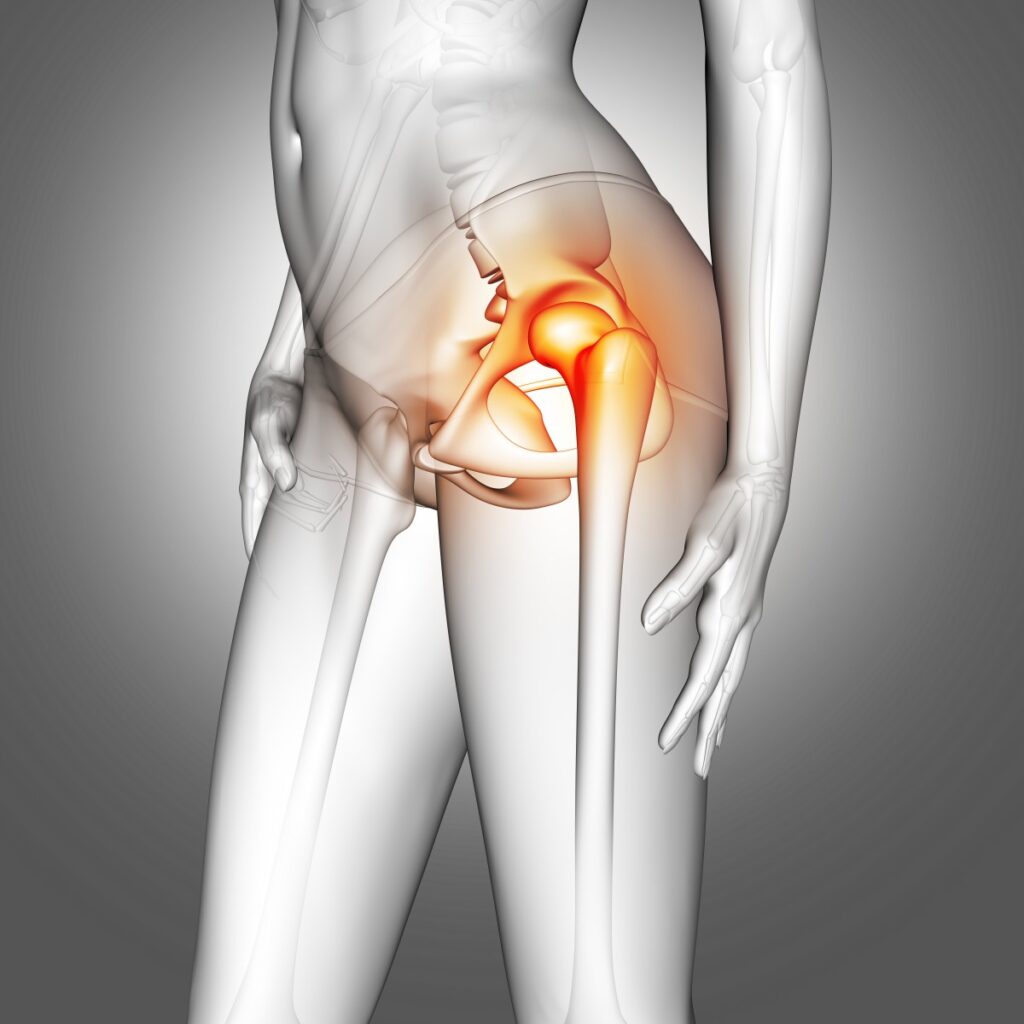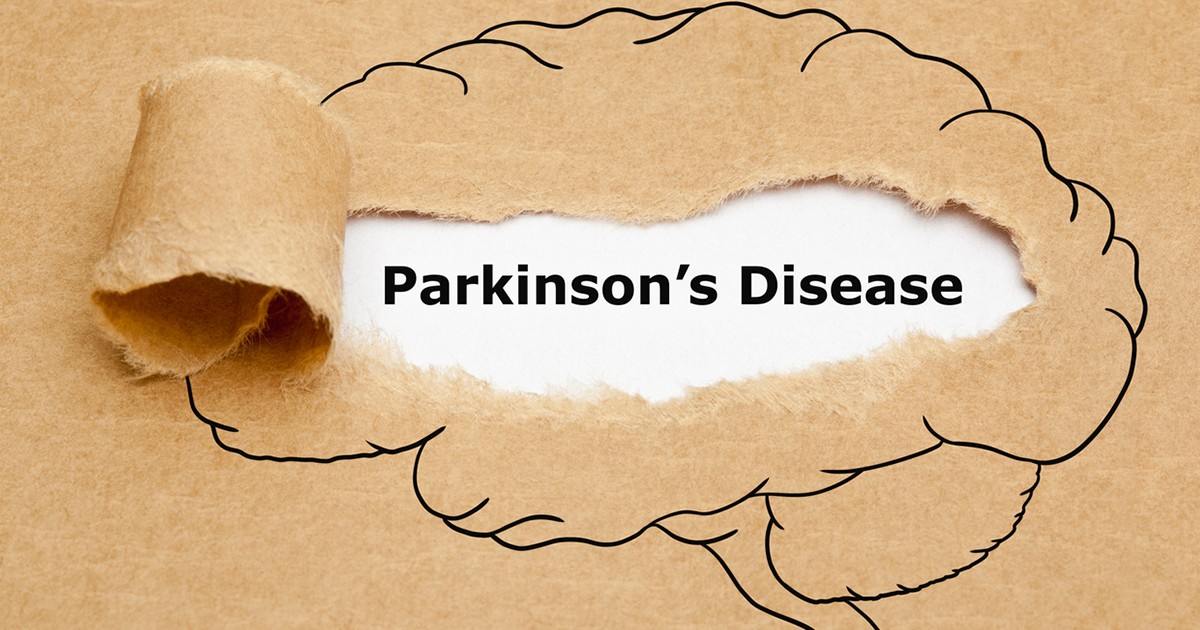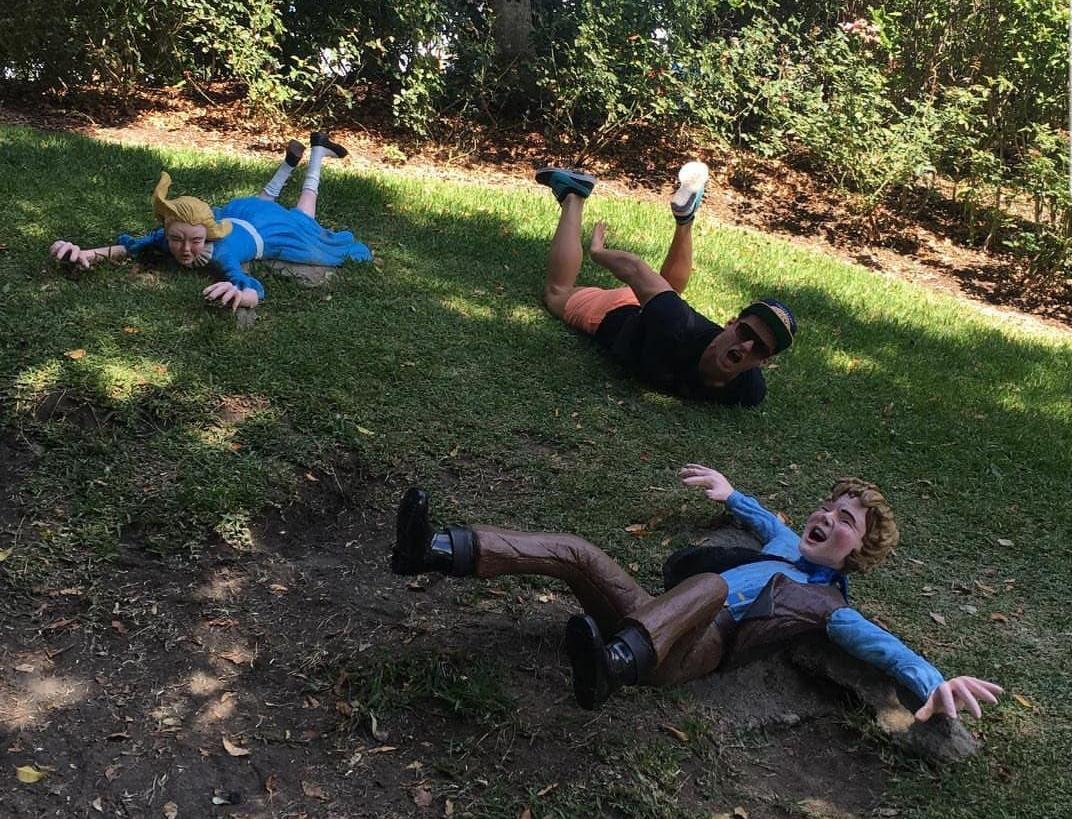Greater Trochanteric Pain Syndrome: Causes, Symtoms & Treatment
Physiotherapy
How Can Physiotherapy Help?

Clinical presentation:
- Pain in the region of the greater trochanter (hard bony surface on the outside of the hip below the ridge of the pelvis)
- Previously referred to in literature as trochanteric bursitis alone, however, pathology presents in the glute medius and minimums tendons as well as the associated bursae.
Risk factors:
- Age – all ages, commonly more prominent in the >40 years age category
- High BMI and overweight
- Genetics
- Corticosteroids – tendon weakness
- Sudden increase in loading (increased exercise levels)
- Female sex hormones
Symptoms:
- Pinpoint tenderness over the side of the hip
- Pain with weight bearing activities
- Pain in side-lying at night
Diagnostic procedures:
- Visible and confirmed by ultrasound and MRI
How to assess yourself:
- Sitting in a chair, knees bent and feet on the floor, does it hurt to move your foot all the way out to the side away from you?
- Does it hurt when you lie with your hips open?
- Stand on one leg and look in the mirror from behind, does your hip on the opposite side look lower?
- Does it hurt to touch the bony surface on the side of your hip?
- If in doubt, consult a trained physiotherapist, they will be able to diagnose you within minutes.
Management of GTPS:
- Cortisone injection (consult your doctor)
- Anti-inflammatory medication such as ibuprofen (always consult your doctor)
- Hands on therapy such as soft tissue massag
- Exercise including stretching, muscle activation and strengthening
- Specific foam roller exercises
- Activity modification
- Addressing knee and ankle biomechanics such as flat feet, for example, new footwear to support arch
- Heat and ice therapy
Key principles:
- UNLOAD your hip and rest from aggravating activities
- Learn as much as you can about the condition
- Improve your sitting, standing, and sleeping posture
- Reduce pain by consulting with a physiotherapist on specific isometric exercises for pain relief
- Increase strength – especially glutes, quadriceps and calves
- Consider what you would like to return to doing such as work, sport, exercise and get access to a return to work or return to sport plan consisting of dynamic exercise once pain has been managed to avoid the problem returning (highly common)
- CONSULT OUR HIGHLY SKILLED PHYSIOTHERAPISTS



